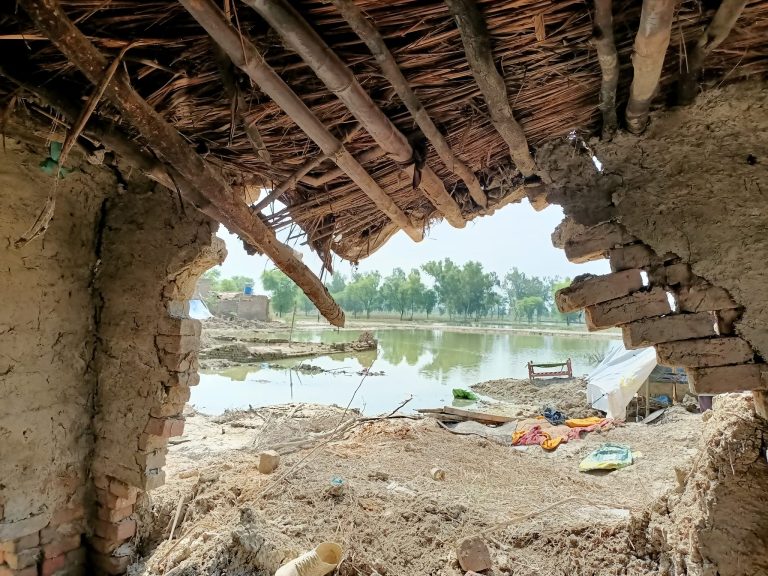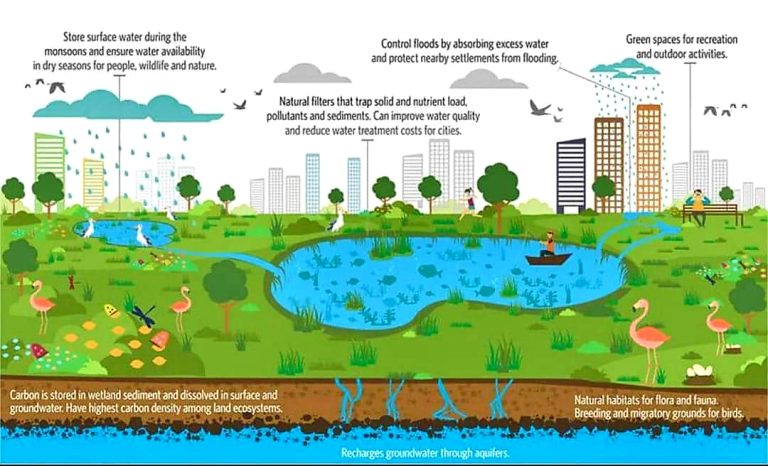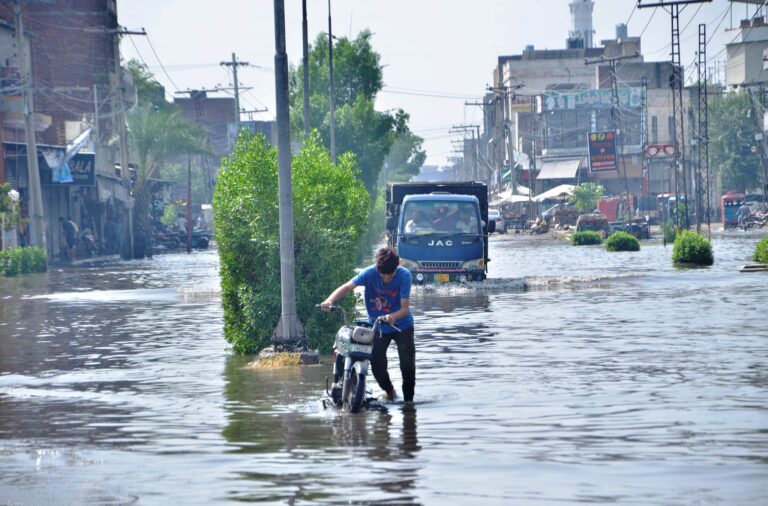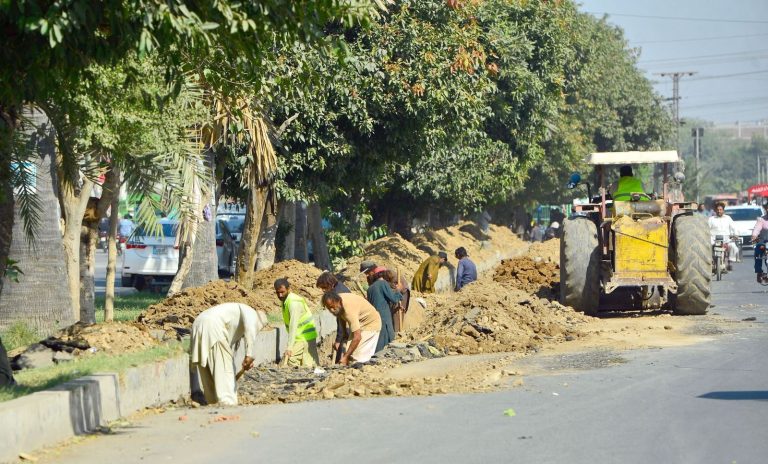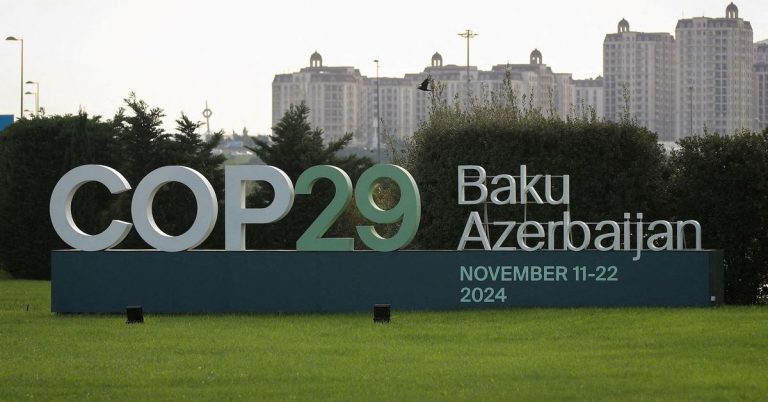Swat River in Crisis: A Call to Protect Pakistan’s Pristine Waterways
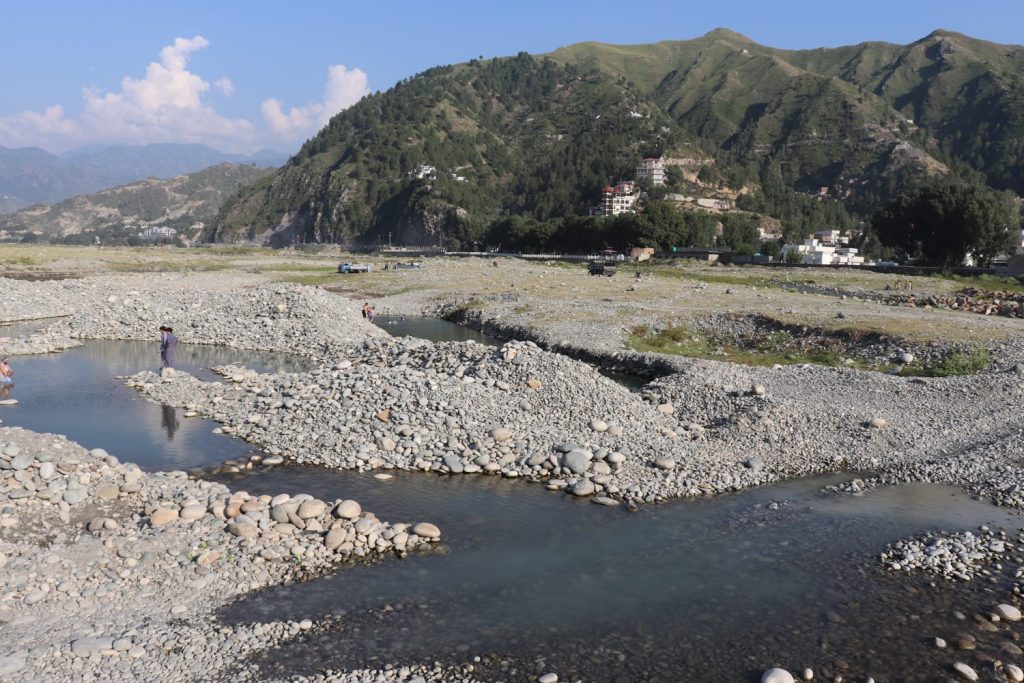
Pakistan is a country blessed with abundant natural beauty. However, it faces a looming water crisis that threatens its future. Ranked third globally among nations facing severe water shortages, Pakistan’s deteriorating situation is exacerbated by climate change, mismanagement, and poor governance. The International Monetary Fund (IMF) also places Pakistan among the top 10 countries with the least access to clean water.
While the country possesses significant water resources, unchecked exploitation and a lack of sustainable management have placed these precious resources at risk. Nowhere is this more evident than in Swat Valley, a region revered for its majestic mountains, verdant valleys, and crystal-clear rivers.
The Swat River: A Lifeline for Economy and Environment
Often called the “Switzerland of the East,” Swat Valley is home to the pristine Swat River, a vital resource for the region’s agriculture, tourism, and hydropower. Originating from the glaciers of Mahodand and Gabral in Kalam Valley, the river meanders through lush landscapes before merging with the Kabul River in Charsadda. Its waters sustain endemic fish species such as Mahasheer, rainbow trout, and brown trout, supporting both local livelihoods and biodiversity.
Swat Valley is a magnet for domestic and international tourists, with over 160,000 domestic and nearly 5,000 foreign visitors arriving between January and August of this year alone. Tourists flock to attractions like Malam Jabba and Kalam, drawn in part by the river’s scenic charm.
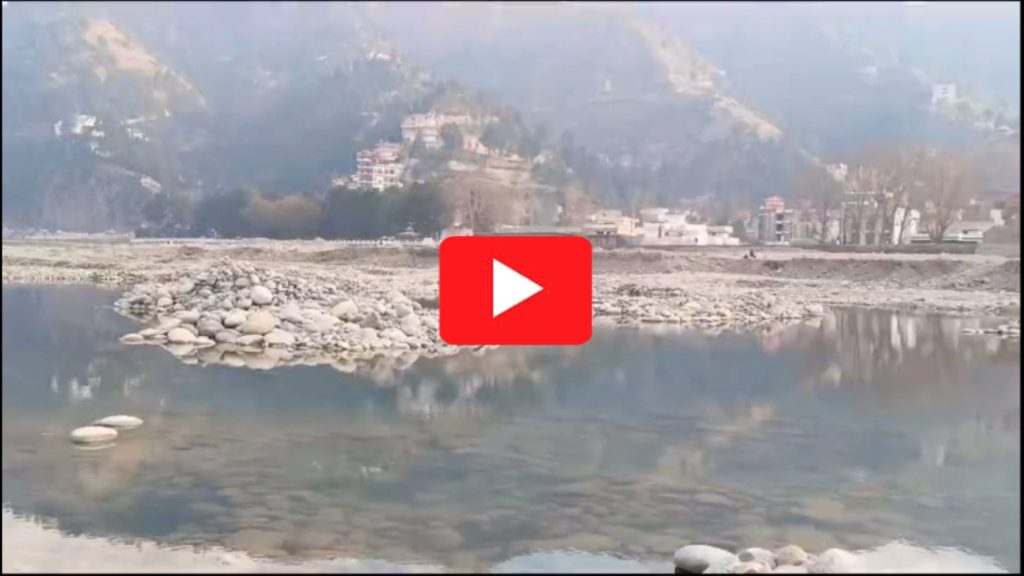
A River Under Siege
Despite its significance, the Swat River is under relentless threat from illegal and unscientific mining practices. Sand and gravel extraction from the riverbed—often facilitated by heavy machinery—has disrupted its natural flow, increasing flood risks and altering the landscape. This so-called “crush mafia” has wreaked havoc on the ecosystem, with devastating consequences for aquatic life, agriculture, and tourism.
The catastrophic floods of 2010 provided an opening for these mining activities, which have since gone unchecked due to weak governance. Contractors frequently violate agreements, diverting the river’s flow for excavation. The resulting deep pits not only destroy habitats but also create life-threatening hazards for locals and tourists alike. According to social worker Muhammad Hilal, 39 people lost their lives this year alone in abandoned mining wells.
An Environmental and Economic Emergency
Environmentalists warn that continued degradation of the Swat River will have dire consequences. Azizul Haq Khan, a climate activist, lamented the loss of a once-pristine resource, describing the damage as a result of profit-driven exploitation and poor governance. He advocates for sustainable use of the river, including hydropower projects, swimming pools, and eco-tourism initiatives.
Zahid Khan, President of the Swat Hotels Association, fears that the deteriorating river will drive tourists away, causing an economic downturn in the region. Despite repeated calls for regulation, local authorities have failed to act, leaving the river’s future uncertain.
Pollution and Ecosystem Collapse
Illegal mining is not the only threat. Environmental expert Khuwaja Mazhar Iqbal highlights that untreated household wastewater is turning the Swat River into a dumping ground. Without wastewater treatment plants, an estimated 200 litters of untreated sewage per person flows into the river daily. This pollution has drastically reduced fish populations, driving species like the Mahasheer to extinction.
Iqbal calls for immediate reforestation along the riverbanks and the establishment of wastewater treatment facilities to restore the river’s health. Environmental researcher Waseem Ul Haq echoes these concerns, emphasizing the need for international collaboration with organizations like the IUCN and WWF to save the Swat River.
A Path to Restoration
Experts believe that the Swat River still holds immense potential, and reversing its decline requires a comprehensive approach. Strict enforcement of mining regulations is essential to curb illegal activities that disrupt the river’s ecosystem. Establishing wastewater treatment plants can prevent untreated sewage from polluting the river, while reforestation along its banks will help stabilize the ecosystem and prevent erosion. The construction of small-scale dams and hydropower plants could address water shortages and electricity needs, contributing to sustainable development. Additionally, promoting eco-tourism by preserving the river’s natural beauty and resources can support the local economy while ensuring the river’s long-term protection.
Urgent Action Required
The Swat River stands at a crossroads. Immediate and decisive action is required to save this invaluable natural resource from irreversible damage. Local authorities, environmental experts, and international conservation organizations must work together to implement sustainable policies and restore the river’s health. Failure to act now will not only jeopardize the livelihoods of thousands but also erode one of Pakistan’s most iconic natural treasures. Protecting the Swat River is not just an environmental necessity—it is a matter of national pride and economic survival.

